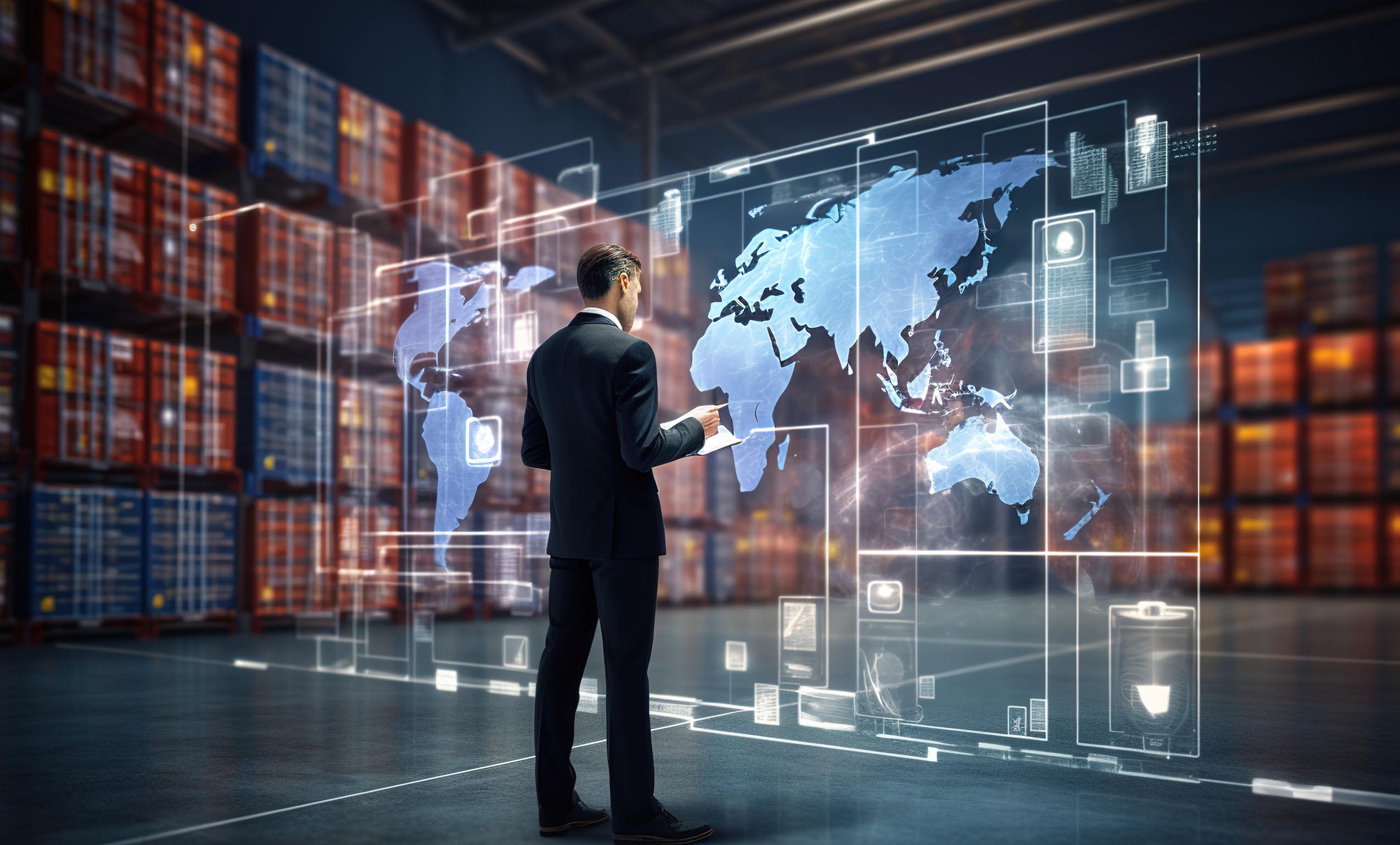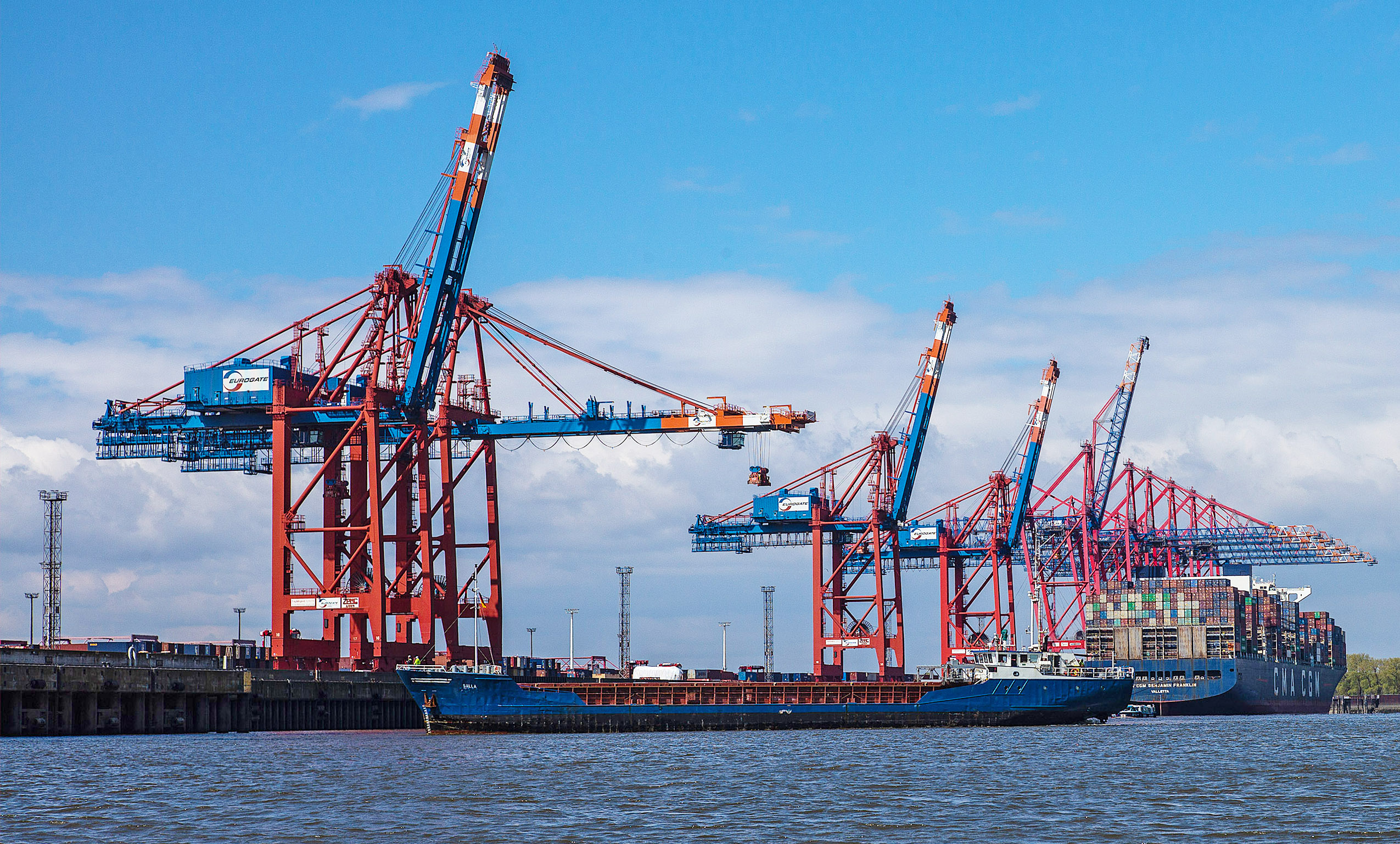The Leschaco Dangerous Goods Logistics Blog
Dangerous goods logistics is a matter of trust. Because dangerous goods logistics not only requires extensive knowledge and experience, but also a sense of responsibility for people and nature.
Advances in natural science, and chemistry in particular, have significantly raised our standard of living in recent decades. At the same time, the number of registered industrial chemicals has more than tripled in the last 20 years. Today, about 350,000 different substances are produced artificially. Scientists assume that there are around 6,000 substances among these that must be classified as dangerous goods.
With globalization, the growing international division of labor, the requirements for safe dangerous goods logistics are also increasing. With the dangerous goods logistics blog, Leschaco wants to offer a platform for the transfer of knowledge around this important topic for people and nature.
What is actually dangerous goods logistics? A definition.
By dangerous goods logistics, we mean all processes relating to the storage, packaging and transport of dangerous goods. The “Agreement concerning the International Carriage of Dangerous Goods by Road(ADR)”, for example, defines dangerous goods as gases, explosives, ammunition and fireworks, flammable, toxic, infectious, radioactive, corrosive, water and environmentally hazardous substances.
Special technologies and equipment are required to ensure the consistent safety of these processes, such as fire protection systems, extinguishing devices, fireproof partitions and chemical-resistant and particularly impact-resistant containers. But it is also about complex knowledge about the combination of dangerous substances, i.e. the knowledge of which dangerous substances must not come into contact with which substances under any circumstances: What is allowed to be stored and transported together with what at all? How must containers that have come into contact with specific dangerous goods be cleaned?
Dangerous goods logistics requires extensive specialized knowledge and careful and sustainable documentation of all processes so that risks can be minimized and, in the event of an accident, damage can be limited as far as possible. An essential part of this documentation is the conscientious marking of the dangerous goods before transport, i.e. the correct labeling and assignment to the appropriate dangerous goods class. Correct labeling is essential for safe loading, correct transport and a situation-appropriate procedure in the event of damage.
The latest posts on the dangerous goods logistics blog

Dangerous goods in the children’s room. Why toys are increasingly appearing on dangerous goods lists.
Increasingly, not only consumer advocates but also safety experts in the logistics industry are warning against dangerous toys. This often involves cheap toys made in China. The gateway for dangerous toys is the de minimis rules or the import rules for low-value shipments, i.e. for goods that are smuggled past customs controls.

Electronic waste as dangerous goods
Electronic waste, also known as e-waste or electronic scrap, contains numerous hazardous chemical substances such as lead, mercury, cadmium and brominated flame retardants. These substances are classified as hazardous substances as they are toxic and can cause serious health problems in humans if they come into contact with them.

IMDG has tightened the transport conditions for the dangerous goods charcoal
In the seven years between 2015 and 2022, at least 68 fires were documented on ships that were caused by the transportation of charcoal. The International Maritime Organization IMO has now reacted and made important changes to the IMDG Code. In future, charcoal must be declared and transported as class 4.2 dangerous goods without exception.

Innovations and investments in dangerous goods logistics
Digitalization is progressing. In many ways, the dangerous goods logistics sector is following the trends already familiar from other industrial sectors. The focus is on electronic documentation, virtual training and paperless regulations. Sustainability and the avoidance of false declarations are important topics.

The market for dangerous goods logistics is growing significantly
The global dangerous goods logistics market will grow by an average of 5.6% every year between 2024 and 2032. This is the result of a recent study by the experts at Global Market Insights. This would mean that global sales of dangerous goods in the logistics market would grow from USD 237.3 billion to USD 374 billion during this period.
This is where the editorial team of the Leschaco dangerous goods logistics blog blogs about the latest news and background information on dangerous goods logistics. The contributions do not reflect the opinion of Leschaco in every case, but always the position of the respective authors. Members of the editorial team come from trade media, agencies, friendly companies or directly from Leschaco. You can reach us by email . We are looking forward to your suggestions and questions.

